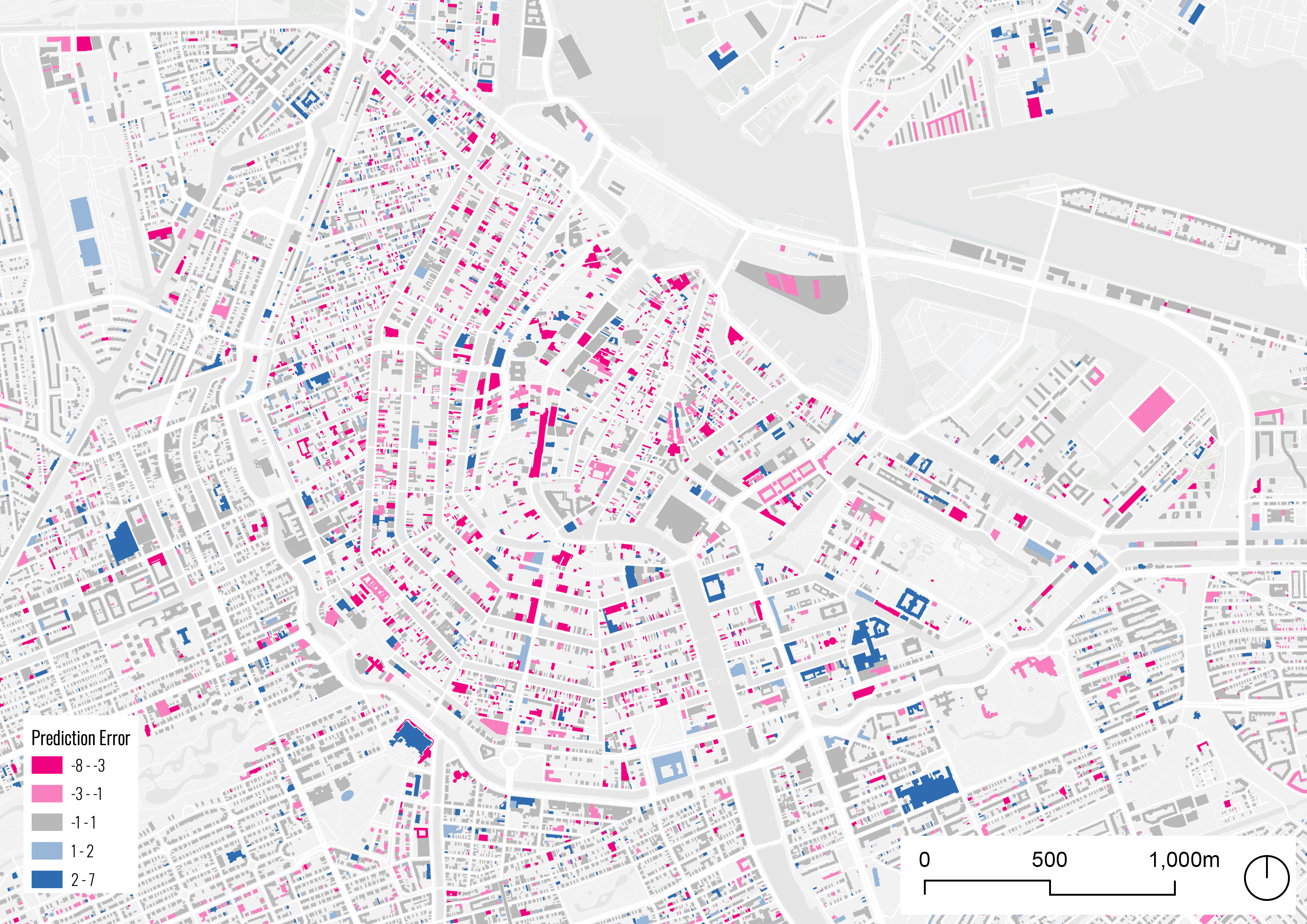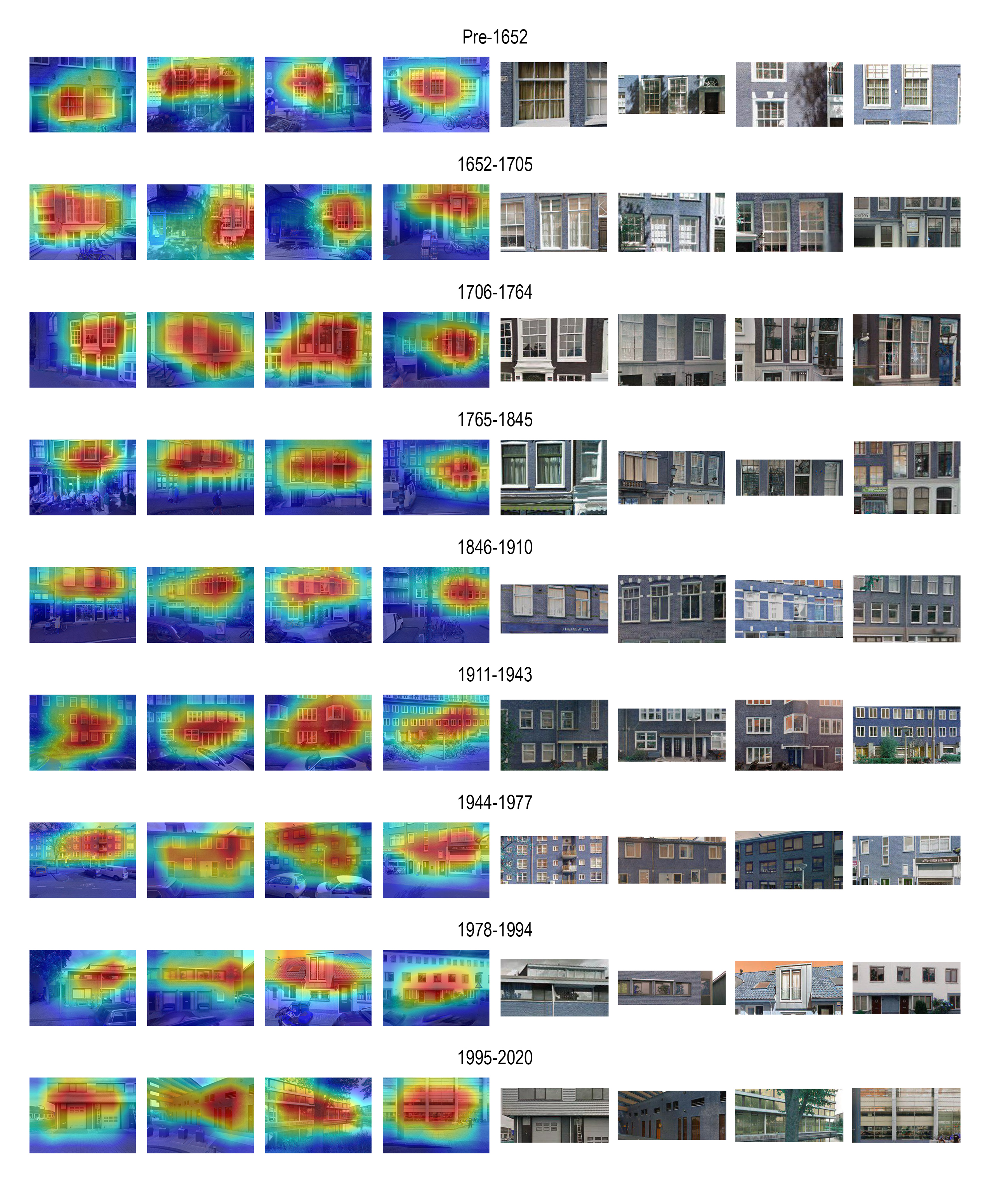Understanding Building Age and Style through Deep Learning
Architectural styles and their evolution are central to architecture history. However, traditional approaches to understand styles and their evolution require domain expertise, fieldwork and extensive manual processes. Recent research in deep learning and computer vision has highlighted the great potential in analyzing urban environments from images. In this paper, we propose a deep learning-based framework for understanding architectural styles and age epochs by deciphering building façades based on street-level imagery. The framework is composed of two stages: Deep ‘Learning’ the architecture and Deep ‘Interpreting’ the architecture age epochs and styles. In Deep ‘Learning’, a deep convolutional neural network (DCNN) model is designed to automatically learn about the age characteristics of building façades from street view images. In Deep ‘Interpreting’ stage, three components are proposed to understand the different perspectives regarding building ages and styles. In the experiment, a building age epoch dataset is compiled for the city of Amsterdam and Stockholm to understand the evolution of architectural element styles and the relationship between building ages and styles spatially and temporally. This research illustrates how publicly available data and deep learning could be used to trace the evolution of architectural styles in the spatial-temporal domain.
Paper published at Cities, 128, 1-12.
Authors: Maoran Sun, Fan Zhang, Fabio Duarte, Carlo Ratti


